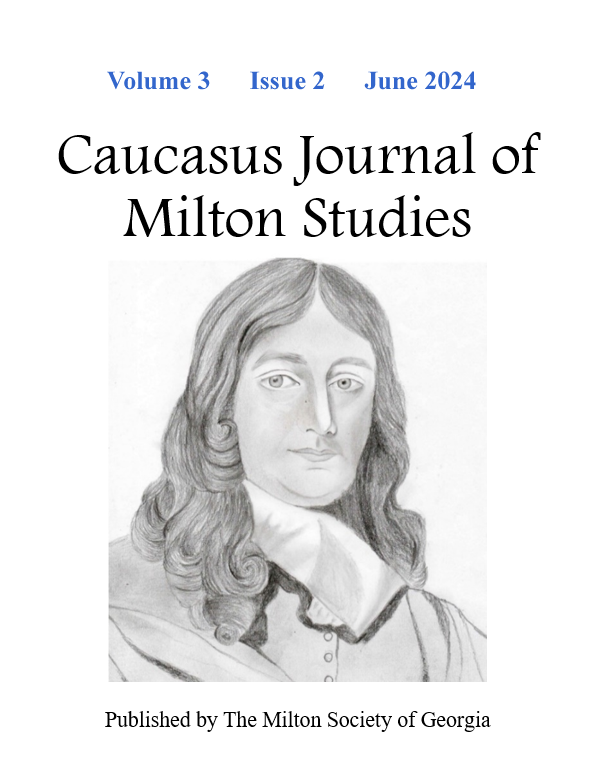Quo Vadis: The Journey as Allegory in Homer, Attar, Milton, Bunyan, and Tolstoy
Keywords:
Allegory, Attar, Bunyan, Homer, Journey, Milton, Redemption, Salvation, TolstoyAbstract
This paper examines the employment of allegory, an extended metaphor, by writers throughout literary history, as they explore the universal themes of the search for meaning, redemption, and salvation. From the epic poetry of Homer in 8th or 7th century BCE Greece to the Sufi poet Farid ud-Din Attar in the classical Persian poetry of the 12th and 13th century CE to the Puritan writer John Milton and John Bunyan in the English tradition to Russian Count Leo Tolstoy, the theme is presented in allegorical form rather than a
straight-line narrative. Concepts such as redemption, salvation, and the search for meaning are complex and often beyond the grasp of the reader, whereas a journey is more easily understood. We find that these writers provide in great detail the journey itself, rather than the destination.



